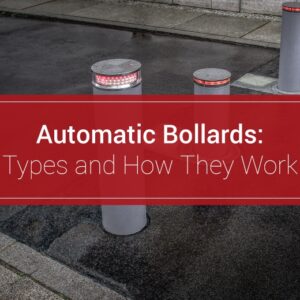(909) 217-3412
- Bollards
- Crash Rated Bollards
- About us
- Projects
- Applications
- Airport Bollard Applications
- Construction Bollard Applications
- Corporate Bollard Applications
- Event Applications for Bollards
- Hospital Bollard Applications
- Parking Bollard Applications
- Pedestrian Bridges and Walkway Bollard Applications
- Restaurant Bollard Applications
- Streetscape Bollard Applications
- Storefront Bollard Applications
- Stadium Bollard Applications
- School Bollard Applications
- University Bollard Applications
- Blog
- Contact
- Bollards
- Crash Rated Bollards
- About us
- Projects
- Applications
- Airport Bollard Applications
- Construction Bollard Applications
- Corporate Bollard Applications
- Event Applications for Bollards
- Hospital Bollard Applications
- Parking Bollard Applications
- Pedestrian Bridges and Walkway Bollard Applications
- Restaurant Bollard Applications
- Streetscape Bollard Applications
- Storefront Bollard Applications
- Stadium Bollard Applications
- School Bollard Applications
- University Bollard Applications
- Blog
- Contact


